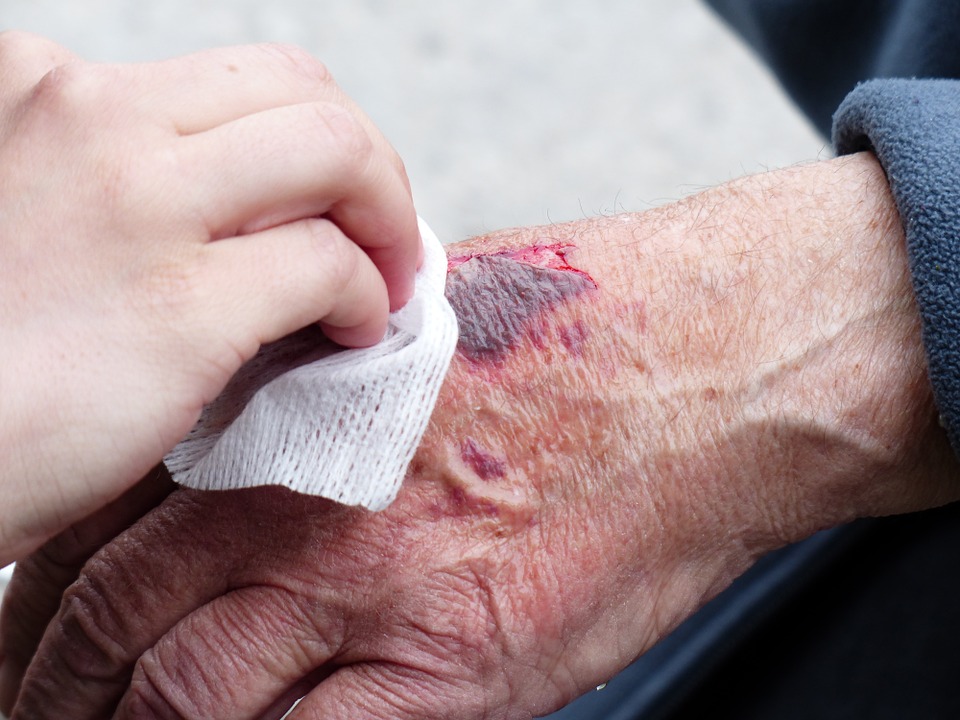How to differentiate physical abuse from unintentional personal injury in elderly patients?
 A recent study at a New York emergency room compared the injuries of elderly patients who suffered physical abuse with the injuries of elderly patients who suffered unintentional fall. The reason for the study was for the emergency room professionals to be able to identify “red flags” for elderly abuse. Elderly abuse in New York and elsewhere is largely under-reported. Often abused seniors who show up at the emergency room tell the staff that they fell.
A recent study at a New York emergency room compared the injuries of elderly patients who suffered physical abuse with the injuries of elderly patients who suffered unintentional fall. The reason for the study was for the emergency room professionals to be able to identify “red flags” for elderly abuse. Elderly abuse in New York and elsewhere is largely under-reported. Often abused seniors who show up at the emergency room tell the staff that they fell.
“The first place that many vulnerable older patients turn for care is the emergency department,” said lead study author Tony Rosen, MD, MPH, FACEP, assistant professor of emergency medicine at Weill Cornell Medicine and director of the Vulnerable Elder Protection Team based at New York-Presbyterian/Weill Cornell Medical Center’s emergency department. “Emergency physicians have a unique opportunity to identify the ‘red flags’ for elder abuse. Improving the ability to recognize, treat, and prevent these incidents can improve the lives of millions of older patients.”
The study looks at a total of 156 elderly patients who showed up at the emergency room of a New York Hospital. The researchers compared 78 cases of injuries related to abuse with 78 cases of injuries related to unintentional fall. They found specific differences between unintentional fall injuries and abuse injuries:
- 67% of abused patients had head and neck injuries compared to 28% of those who unintentionally fell. Head and neck injuries and other sign of injuries on the body is often a red flag for abuse.
- Facial injury to the left cheek is another red flag that was found in 72% of the patients who suffered physical abuse. The injury is on the left cheek because statistically more people are right-handed than left-handed therefore there is a higher probability that the abuser was right handed.
- Neck or ear injuries are also a sign of abuse. Among all the studied patients who suffered unintentional injuries, none of them suffered from neck or ear injuries while 15% of abused patients studied suffered neck injuries and 6% ear injuries.
- Sometimes the pain is internal and injuries are not visible from the outside. That was the case for 22% of the patients studied who reported pain in the face and the jaw, in the back, in the abdomen in the chest or the arm.
The emergency room staff plays an important role in recognizing signs of elderly abuse and reporting them to protect vulnerable elderly patients.
Read more in the Press Release
 New York Personal Injury Attorneys Blog
New York Personal Injury Attorneys Blog


